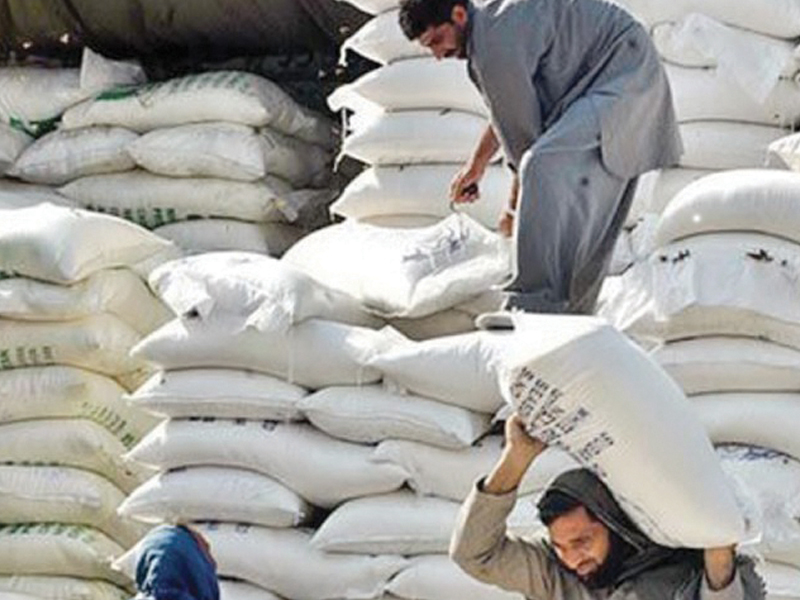
FAISALABAD:
The sugar industry is still in a financial turmoil. No one in the government seems to be cognizant of the fact that this major sector is a valuable contributor to the economy. The government applies only cosmetic measures without looking into the core issues.
Main determinants contributing for the lesser production of sugarcane viz. maximum area under wheat crop restricting the sugarcane acreage, shortage of canal water, load-shedding of electricity, realisation of lower prices in the preceding season and high rate of inputs also discouraged the farmers to grow more sugarcane crop. Due to all these reasons the country is still facing a sugar crisis.
Sugarcane industry is the country’s second largest agro-based industry after textiles. It is cultivated on about one million hectares area. Pakistan ranks 5th in cane acreage and production, and grabs 15th place worldwide in terms of sugar production. Its share in value-addition of agriculture and GDP is 3.6 percent and 0.8 percent, respectively. In addition to sugar, sugarcane produces numerous valuable byproducts like alcohol used by pharmaceutical industry, ethanol used as a fuel, biogases used for paper and fuel, chipboard manufacturing and as a rich source of organic matter for crop production.
Pakistan has low sugarcane yield and sugar recovery percentage as compared to major sugarcane producing countries. Sugar consumption has been on the rise, which is an upshot of population explosion. According to a rough estimate, the country will need approximately 5.5 million tons of sugar to meet the local demand by the year 2020. The per capita sugar consumption is around 25 kg per year which is highest in developing countries. The demand for sugar will increase in the coming years at the rate of about 2.3% because of growth in the population which is about 2.3%.
Low production, hoarding and politics together have contributed to the alarming situation of sugar crisis in Pakistan. To meet the domestic demand, Pakistan needs to import sugar. Both the state-owned Trading Corporation of Pakistan (TCP) and the private traders import sugar. Poor timing of imports, the late releases of stock by the TCP and certain millers during the previous year had a negative market impact and contributed to the upward price spiral.
There are two lobbies in sugar industry, one of the cane growers and the other of mill owners. They always keep on blaming each other for the sugar woes. Industry procurement practices such as delaying the crushing season, buying cane at less than the support price, short weight, false deductions and delayed payments reduce returns to farmers. Growers blame the industry for creating the crisis artificially by not lifting the available crop with the twin motives of keeping cane prices below the procurement rate and reaping high profits by price increase. Sugar millers complain that farmers grow unapproved variety with low sucrose content, thus resulting in lower sugar production and recovery rate varieties.
Sugar mills used to purchase cane on credit but farmers are not willing to sell their produce on credit. Instead they are interested to sell on cash because mill owners have not yet cleared dues amounting to millions of rupees to farmers for the previous crop. But the millers are refusing to purchase sugarcane on cash. Due to this problem farmers are making shakar and gur from sugarcane instead of selling to millers.
Mill owners purchase sugarcane through middlemen, who are actually agents or employees of the mill owners. The middlemen purchase sugarcane from small growers before the maturity of crop at lesser rates than the support price. The middlemen manipulate the farmers and cause the prices of sugarcane to rise creating an artificial shortage of the crop across the country.
Last year, the country harvested a bumper sugarcane crop but the sugar mill owners had exploited the situation in connivance with the middlemen and deliberately delayed payments to the growers of their produce. The future of the country’s sugarcane crop seems bleak as continuous delays in payments to growers as well as in the crushing season, the sugarcane growers will be forced to switch over to other crops. Due to unavailability of sugarcane to mills at minimum support price announced by the provincial governments and the involvement of middleman during crushing season 2012-13, the retail sugar prices are expected to rise.
The government supports cane production by setting an indicative price, which is announced either before or after planting. The federal government generally does not procure cane, but authorises provincial governments to fix respective cane prices in consultation with representatives of both the sugar industry and farmer organisations.
The government is striving to achieve self-sufficiency and sustainability in sugar production by ensuring the availability of inputs and establishing a sugarcane support price which is acceptable to all stakeholders. However, self-sufficiency has not yet been achieved due to fluctuating transactional mode of payments between growers and mill owners.
To avert the looming sugar crisis, the government should announce support price before sowing of sugarcane crop to persuade farmers to put large area under sugarcane.
The writers are faculty members at the Institute of Business Management Sciences, University of Agriculture, Faisalabad
Published in The Express Tribune, October 21st, 2013.
Like Business on Facebook, follow @TribuneBiz on Twitter to stay informed and join in the conversation.
COMMENTS (2)
Comments are moderated and generally will be posted if they are on-topic and not abusive.
For more information, please see our Comments FAQ
















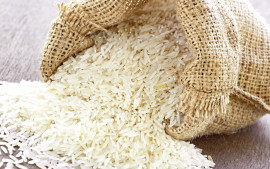

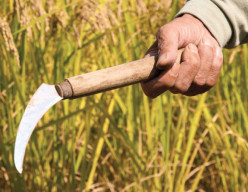
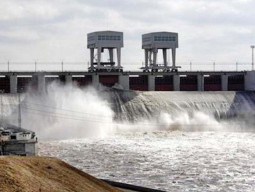


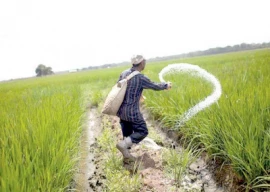























Manan Aslam your articles are written in easy and understandable language any layman person can understand please write more and more articles>>>>>>>>>>>>>>>>>>>>>>>>>>
Let the mill owner own the farm? Or the farmer own the mill?